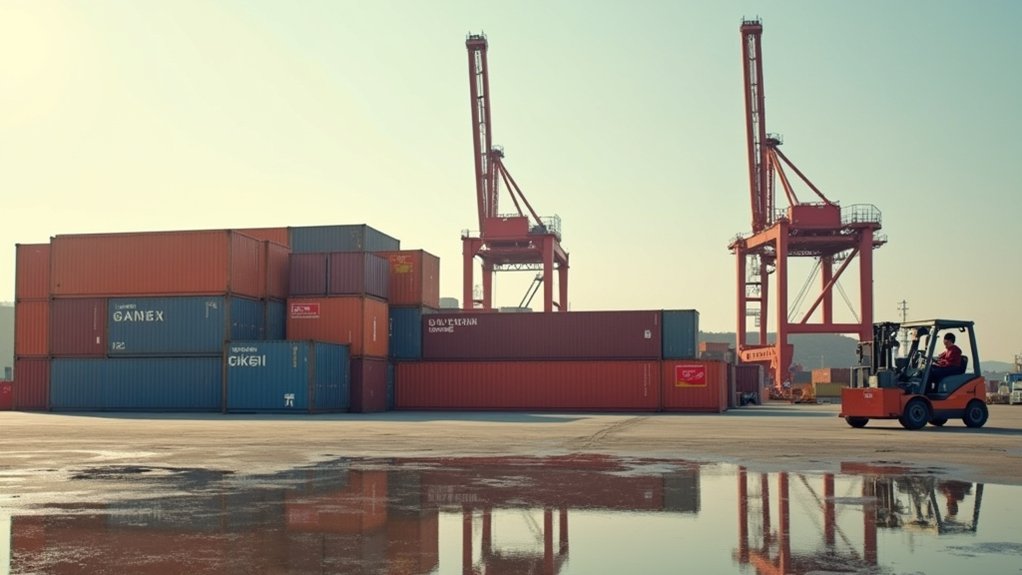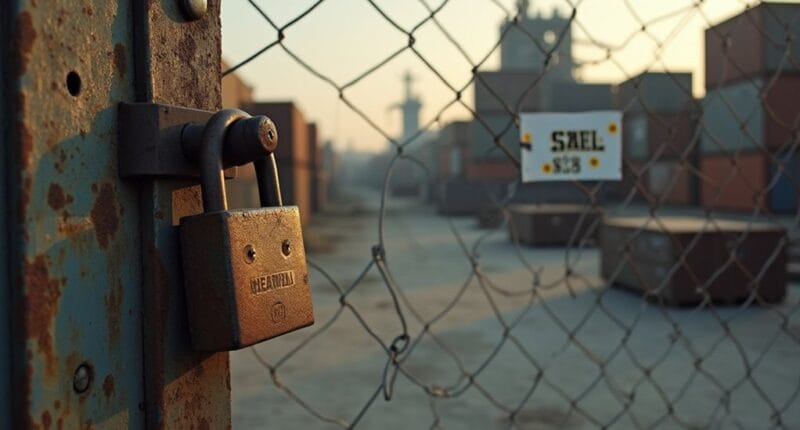Trump’s tariff experiment backfired spectacularly on American households, costing families an extra $1,900 annually while failing to deliver promised manufacturing jobs. The policy created only 1,000 steel industry positions but killed 75,000 jobs in steel-dependent sectors. Retaliatory tariffs hit $330 billion in U.S. exports, and global recession risks jumped from 40% to 60%. The economic impact resembles using a sledgehammer to fix a Swiss watch – and the damage keeps ticking.

While Trump’s tariffs were meant to boost American manufacturing and jobs, the economic reality has proven far more painful for U.S. households. The numbers tell a brutal story: American families are shelling out an extra $1,900 annually thanks to these tariffs, with total costs potentially exceeding $5,200 when broader economic impacts are factored in. So much for making America great again.
The manufacturing renaissance promised? Yeah, that didn’t happen. Instead, the steel and aluminum tariffs created a measly 1,000 jobs while wiping out 75,000 positions in industries that actually use steel. Talk about shooting yourself in the foot. The expanded tariffs might protect 80,000 steel jobs, but they’re putting 12 million other jobs at risk. Math isn’t exactly complicated on that one. Countries like Vietnam were forced to deal with 46% reciprocal tariffs despite offering to reduce their own to zero percent.
The tariffs saved a handful of steel jobs while threatening millions more – a classic case of penny-wise, pound-foolish policymaking.
Consumers are feeling the squeeze everywhere they turn. Retailers are hiking prices, imported goods cost more, and inflation has hit levels not seen in decades. Lower-income households are getting hit the hardest, watching their purchasing power evaporate like morning dew in Death Valley. The latest retaliatory measures from China have only intensified the pressure on American consumers. These economic disruptions have severely impacted business cycles, causing unpredictable market fluctuations.
The global picture isn’t any prettier. Retaliatory tariffs are hammering $330 billion worth of U.S. exports, and international markets are about as stable as a jenga tower in an earthquake.
The policy’s contradictions are almost comedic – if they weren’t so expensive. Trump wanted lower prices and economic growth, then implemented measures that achieved exactly the opposite. Business confidence has tanked, manufacturers are struggling with sky-high raw material costs, and long-term investment plans are collecting dust.
Meanwhile, J.P. Morgan’s global recession prediction jumped from 40% to 60%, thanks largely to these trade wars.
The bottom line? This tariff experiment has been about as successful as using a sledgehammer to fix a Swiss watch. American manufacturing hasn’t been revived, jobs are disappearing faster than free donuts in an office break room, and U.S. households are paying through the nose for the privilege of watching this economic circus unfold.





